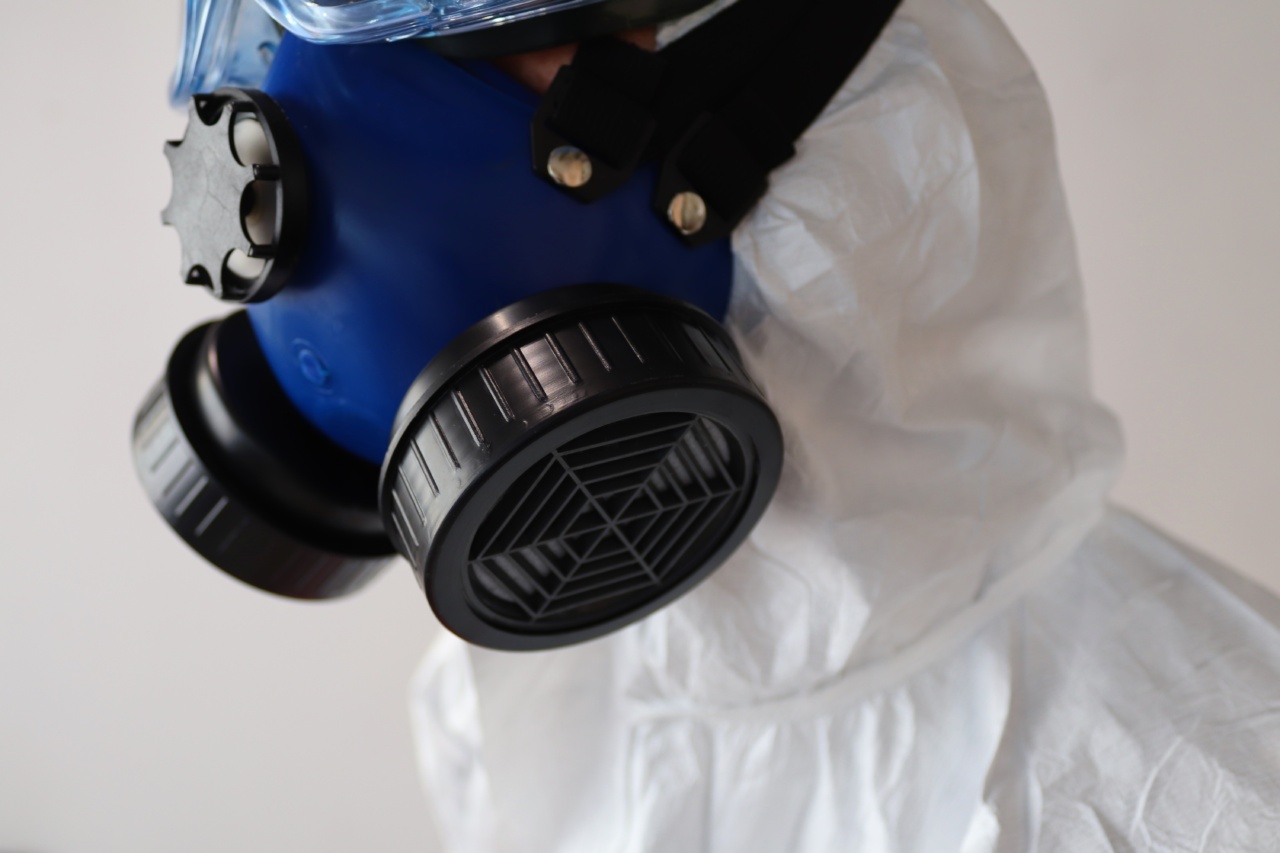Air pollution has become a pressing global issue in recent years, with its detrimental effects on both the environment and human health becoming increasingly evident.
In addition to respiratory problems, cardiovascular diseases, and cancer, air pollution has also been linked to the emergence and spread of various diseases. This correlation between air pollution and emerging diseases is a growing concern and requires urgent attention to safeguard public health.
1. Understanding Air Pollution
Air pollution refers to the presence of harmful substances in the air, both outdoors and indoors, that can pose risks to human health, plant life, and the overall ecosystem.
It is primarily caused by the release of pollutants from various human activities, such as industrial processes, transportation, power generation, and household combustion of fossil fuels.
2. The Impact of Air Pollution on Human Health
Air pollution can have severe health consequences, including respiratory and cardiovascular diseases. When individuals are exposed to polluted air, they may experience symptoms such as coughing, wheezing, shortness of breath, and chest tightness.
Prolonged exposure to air pollution can lead to chronic respiratory conditions, such as asthma and chronic obstructive pulmonary disease (COPD).
3. Air Pollution and the Rise of Emerging Diseases
Studies have increasingly shown a connection between air pollution and the emergence and spread of diseases previously unseen or of limited prevalence.
Airborne pollutants can act as carriers for infectious agents, enhancing their survival and facilitating their spread. The following sections explore some specific ways in which air pollution contributes to the rise of emerging diseases.
4. Air Pollution and Respiratory Infections
Exposure to air pollution can weaken the respiratory system’s defenses, making individuals more susceptible to respiratory infections.
Particulate matter and gases found in polluted air can irritate the airways and compromise the immune system, enabling pathogens to invade and cause infections. Common respiratory infections associated with air pollution include pneumonia, bronchitis, and influenza.
5. Air Pollution and Vector-Borne Diseases
Air pollution can also impact vector-borne diseases, which are transmitted by insects, ticks, or other carriers.
Mosquitoes, for example, are known to breed in areas with stagnant water, which can be created by air pollution-induced changes in weather patterns. In addition, polluted environments can alter the behavior and lifespan of vectors, increasing their ability to transmit diseases such as dengue fever, malaria, and Zika virus.
6. Air Pollution and Urbanization
Rapid urbanization often leads to increased air pollution levels, as cities become crowded and industrial activities intensify.
As more people migrate to urban areas, the close proximity and high population density create favorable conditions for the rapid spread of infectious diseases. The combination of air pollution and urbanization can exacerbate the transmission of diseases, making cities hotspots for emerging infections.
7. Air Pollution and Antimicrobial Resistance
Another concerning aspect of the correlation between air pollution and emerging diseases is the potential impact on antimicrobial resistance.
Air pollutants can stimulate genetic changes in bacteria and other microorganisms, increasing their resistance to antibiotics. This resistance can render standard treatments ineffective, leading to the emergence and spread of drug-resistant infections that are difficult to control.
8. Addressing Air Pollution for Global Health
Given the mounting evidence of the correlation between air pollution and emerging diseases, it is crucial to take immediate action to mitigate air pollution and protect global health. Some potential solutions include:.
8.1. Implementing Stricter Environmental Regulations
Governments should enforce stringent regulations to reduce air pollution levels by limiting emissions from industries, vehicles, and domestic sources.
By setting and enforcing emission standards, countries can significantly improve air quality and minimize the health risks associated with polluted air.
8.2. Promoting Clean Energy Sources
Transitioning to cleaner and renewable energy sources, such as solar and wind power, can significantly reduce pollution caused by fossil fuel combustion.
Encouraging the use of these alternatives through incentives and investment can help combat air pollution and its negative health impacts.
8.3. Enhancing Public Transportation and Active Mobility
Improving public transportation systems and promoting active mobility options like cycling and walking can reduce vehicular emissions and consequently mitigate air pollution.
Investing in greener transportation infrastructure and implementing policies that discourage private vehicle use can lead to improved air quality and better overall health outcomes.
8.4. Raising Awareness and Educating the Public
Public awareness campaigns and educational programs can play a significant role in informing individuals about the health risks associated with air pollution and the appropriate preventive measures.
By empowering the public with knowledge, individuals can make informed choices and contribute to collective efforts to reduce air pollution.
9. Conclusion
The correlation between air pollution and emerging diseases is an urgent issue, requiring attention and action from governments, organizations, and individuals worldwide.
By understanding the various ways in which air pollution contributes to the rise of new diseases, we can work towards mitigating its effects and safeguarding global health. Addressing air pollution through stricter regulations, clean energy adoption, improved transportation systems, and widespread education is essential for combating emerging diseases and ensuring a healthier future for all.

























